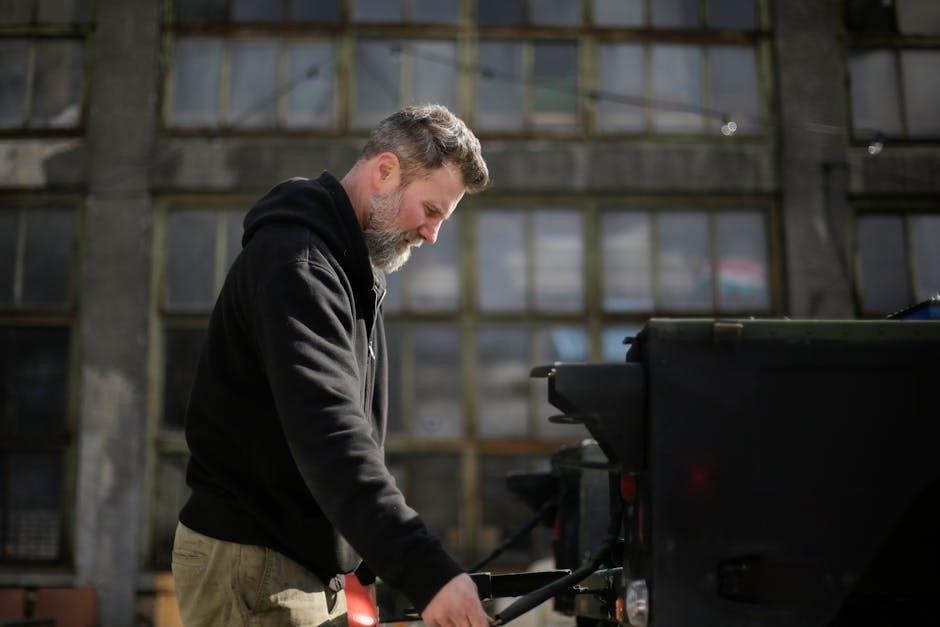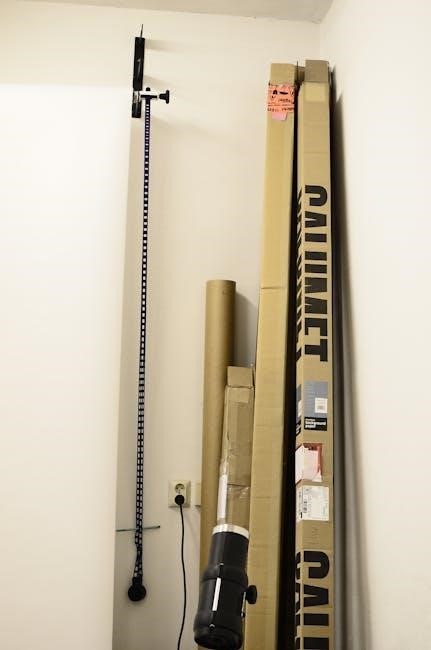TILE stands for Task, Individual, Load, and Environment. It is a widely used framework to assess and manage risks in manual handling tasks. By evaluating these four key areas, employers and employees can reduce the likelihood of injuries and improve workplace safety.

What is TILE?
TILE is an acronym that stands for Task, Individual, Load, and Environment. It is a framework used to systematically assess and manage risks associated with manual handling tasks in the workplace. The TILE approach helps employers and employees identify potential hazards by breaking down the components of a manual handling task into four key areas: the nature of the Task, the capabilities and health of the Individual performing it, the characteristics of the Load being handled, and the conditions of the working Environment. By evaluating each of these factors, organizations can implement effective control measures to minimize the risk of injury and improve overall workplace safety. TILE is widely recognized as a best practice in occupational health and safety, particularly in industries where manual handling is a common task. Its simplicity and structured approach make it an essential tool for promoting a safer working environment.

Importance of TILE in Manual Handling
The TILE framework is crucial for ensuring safety and reducing the risk of injuries in manual handling tasks. By systematically evaluating the Task, Individual, Load, and Environment, employers and employees can identify potential hazards and implement effective control measures. This approach minimizes the likelihood of work-related musculoskeletal disorders and other injuries, which are common in manual handling scenarios. TILE also promotes a proactive approach to workplace safety, encouraging continuous improvement in task design and workplace layout. Moreover, it helps organizations comply with health and safety regulations by providing a structured method for risk assessment. The simplicity and comprehensiveness of TILE make it an indispensable tool for creating a safer and more efficient working environment. By prioritizing these four key areas, businesses can protect their workforce and enhance overall productivity.

Task
The Task involves analyzing the specifics of the manual handling activity, including the movements, forces, and postures required. Assessing the task’s demands helps identify risks and opportunities to optimize the work process, reducing the potential for injury and improving efficiency.
Task Analysis
Task analysis is a critical component of the TILE framework, focusing on breaking down manual handling tasks into their constituent parts. This process involves identifying the specific actions, movements, and forces required to complete the task. By examining the task’s demands, such as the frequency of lifts, distances carried, and postures adopted, employers and employees can pinpoint potential risks. The analysis also considers the nature of the work, including whether the task is repetitive, involves awkward postures, or requires excessive force. Understanding these factors helps in assessing how the task might strain the individual performing it. The goal of task analysis is to highlight inefficiencies or hazards and propose modifications, such as adjusting workflows or introducing mechanical aids. This step ensures that manual handling tasks are designed to minimize strain and maximize safety. Regular task analysis is essential for maintaining a safe working environment and preventing injuries.
Task-Specific Considerations
Task-specific considerations involve evaluating the unique demands of each manual handling task to identify potential risks. Factors such as the frequency of lifts, the distance loads are carried, and the postures required are assessed. For example, repetitive tasks or those requiring awkward postures may pose higher risks. Additionally, the task’s complexity, such as handling unstable or uneven loads, is examined. Understanding these specifics helps determine whether the task can be modified or simplified; Employers often use task-specific considerations to implement controls, such as introducing mechanical aids or adjusting workflows. This tailored approach ensures that manual handling tasks are designed to minimize physical strain. By focusing on the specific requirements of each task, employers can create safer working conditions and reduce the likelihood of workplace injuries. Task-specific considerations are a vital part of the TILE framework, enabling a proactive approach to risk management in manual handling scenarios. Regular reviews of these factors ensure ongoing safety and efficiency in the workplace.

Individual
Individual refers to the worker’s physical capabilities, health, and overall fitness for manual handling tasks. Assessing personal factors ensures tasks are matched to the worker’s abilities, reducing injury risks. This includes considering strength, flexibility, and any pre-existing health conditions that may affect their capacity to perform tasks safely.
Individual Capabilities and Health Factors
Individual capabilities and health factors play a crucial role in manual handling safety. Assessing a worker’s physical strength, endurance, and flexibility helps determine their suitability for specific tasks. Health conditions, such as musculoskeletal disorders or chronic injuries, must be considered to prevent exacerbation. Psychological factors, like stress or fatigue, can also impact performance. Employers should evaluate each worker’s abilities and health status to assign tasks appropriately. Regular health assessments and providing personal protective equipment (PPE) can further mitigate risks. Understanding individual differences ensures that manual handling tasks are tailored to the worker’s capacity, reducing the likelihood of injury and enhancing overall workplace safety. By prioritizing individual well-being, organizations foster a safer and more efficient working environment.

Load
Load refers to the characteristics of the object being handled, such as weight, size, shape, and balance. Proper handling techniques are essential to minimize strain and prevent injuries. Understanding the Load is crucially important for ensuring a safe working environment.
Load Characteristics and Handling Techniques
The Load refers to the physical properties of the object being handled, such as its weight, size, shape, and balance. Understanding these characteristics is essential to determine the safest way to manage the Load. For instance, an unevenly balanced Load can increase the risk of accidents, while a heavy or bulky Load may require additional support or equipment to handle safely. Proper handling techniques are critical to minimize strain and prevent injuries.

- Weight and Size: Loads that are too heavy or large can be difficult to maneuver, making them a significant risk factor in manual handling tasks.
- Shape and Balance: Objects with irregular shapes or uneven weight distribution may require special handling to maintain control during lifting or moving.
- Handling Techniques: Proper lifting methods, such as bending at the knees and keeping the Load close to the body, can reduce the risk of injury. Additionally, using assistive devices like dollies or handles can make handling safer and more efficient.
By carefully assessing the Load’s characteristics and employing appropriate handling techniques, employers and employees can significantly reduce the risks associated with manual handling tasks.

Environment
The Environment involves the workplace conditions, such as available space, lighting, temperature, and floor surfaces. These factors can significantly impact manual handling safety. Ensuring a clear, well-lit, and stable workspace reduces the risk of accidents and injuries during tasks.
Environmental Factors and Workplace Layout
Environmental factors and workplace layout play a crucial role in manual handling safety. The workplace environment includes physical conditions such as lighting, temperature, humidity, and floor surfaces. Adequate lighting ensures visibility, reducing the risk of tripping or misjudging distances. A well-maintained, clutter-free workspace minimizes obstacles, while non-slip flooring prevents falls. Temperature and humidity levels should be controlled to avoid discomfort or slippery surfaces. The layout of the workplace is equally important, as it influences how tasks are performed. Ergonomic workstation design, such as appropriate height and spacing, can reduce strain. Storage areas should be organized to minimize reaching, bending, or stretching. Clear pathways and efficient workflow designs reduce the need for excessive movement. Proper housekeeping is essential to prevent hazards like spills or uneven surfaces. Employers should regularly assess and improve environmental conditions to ensure a safe and efficient working environment. A poorly designed workspace can lead to increased fatigue and discomfort, heightening the risk of injury. By optimizing the environment, organizations can significantly enhance manual handling safety and overall workplace well-being.

Risk Assessment
Risk assessment in manual handling involves systematically evaluating tasks to identify and mitigate hazards. The TILE framework helps pinpoint potential risks, ensuring a safer working environment by addressing task demands, individual capabilities, load characteristics, and environmental factors before incidents occur.
Risk Assessment Process
The risk assessment process in manual handling involves a systematic evaluation of tasks to identify potential hazards and reduce the risk of injury. Using the TILE framework, employers and employees analyze four key areas: Task, Individual, Load, and Environment. First, the Task is examined to understand its demands, such as the type of movements required and the frequency of the activity. Next, the Individual capabilities and health factors of the person performing the task are assessed to ensure they are suitable for the work. The Load is then evaluated, considering its weight, size, and shape, as well as how it will be handled. Finally, the Environment is reviewed to identify any workplace hazards, such as uneven surfaces or limited space. By evaluating these factors, risks can be identified, and control measures implemented to minimize harm. This structured approach ensures that manual handling tasks are performed safely and efficiently, reducing the likelihood of injuries and improving overall workplace safety. Regular updates to the risk assessment process are essential to adapt to changing conditions and ensure ongoing protection for employees.

Control Measures
Control measures are implemented to reduce manual handling risks. Engineering controls, like equipment modifications, and administrative controls, such as training and procedure updates, are key strategies. These measures aim to minimize hazards and ensure safer manual handling practices in the workplace.
Engineering and Administrative Controls
Engineering and administrative controls are essential for minimizing risks in manual handling tasks. Engineering controls involve modifying the physical environment or equipment to reduce strain. Examples include using mechanical aids, such as hoists or trolleys, to lift or move heavy loads, and designing workstations to optimize ergonomics. Adjustable equipment and tools that reduce the need for repetitive movements or awkward postures are also critical. Administrative controls focus on procedural and organizational measures to limit exposure to risky tasks. This includes implementing training programs to teach proper lifting techniques and safe handling practices. Additionally, administrative controls may involve rotating tasks among workers to avoid prolonged exposure to repetitive or physically demanding activities; Policies such as restricting manual handling to essential tasks only and enforcing regular breaks can further mitigate risks. By combining engineering and administrative strategies, employers can create a safer workplace and significantly reduce the likelihood of manual handling injuries. These controls are integral to the TILE framework, ensuring a comprehensive approach to risk management.
